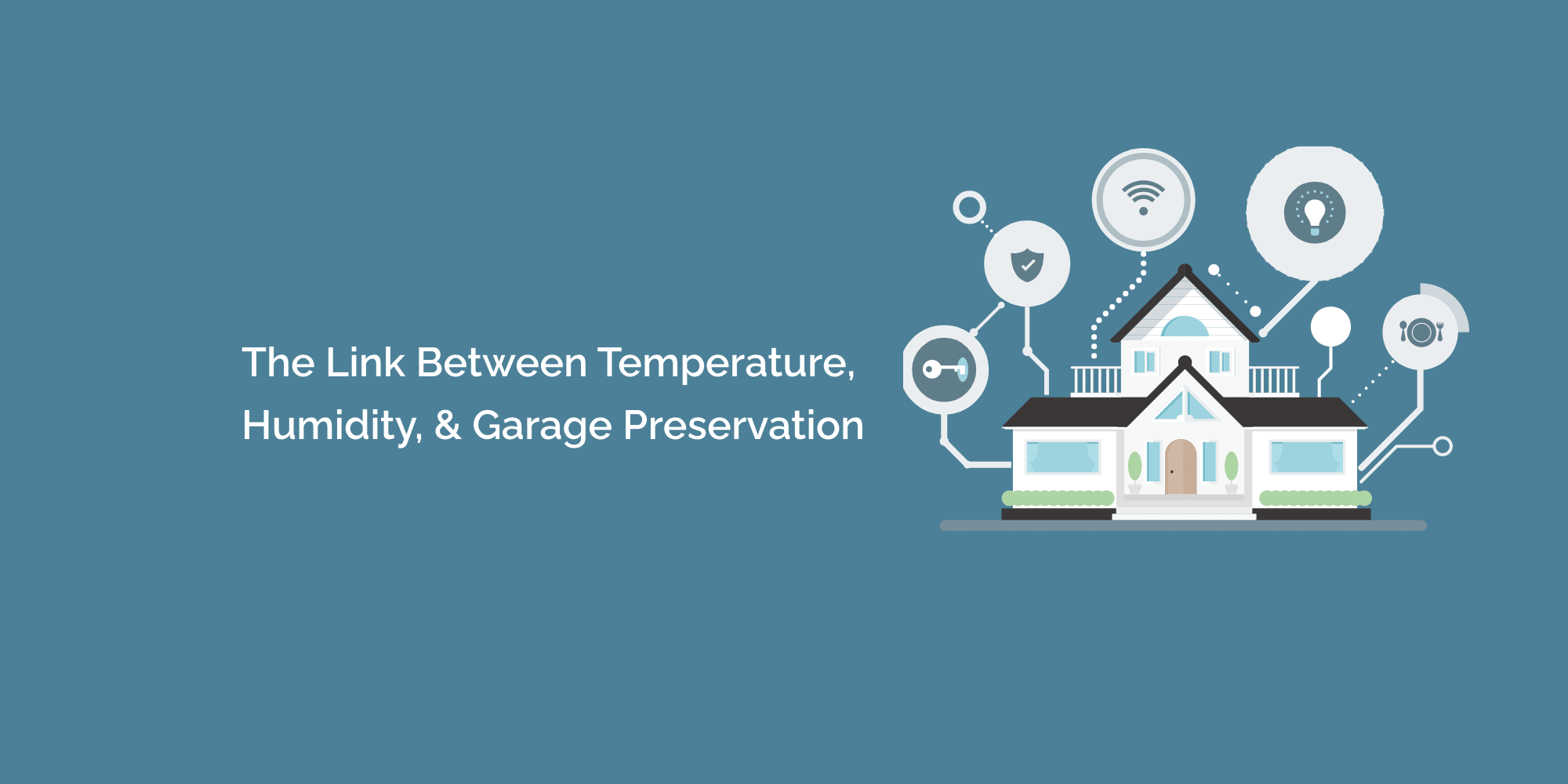When it comes to preserving valuable possessions or maintaining the condition of our vehicles, we often focus on factors such as regular maintenance, safe parking, and security measures. However, one crucial aspect that is often overlooked is the impact of temperature and humidity on garage preservation. Understanding the relationship between these environmental factors and their effects on our belongings can help us make informed decisions to protect them in the long run.
In this blog, we will explore the link between temperature, humidity, and garage preservation, and provide practical tips to create an optimal storage environment for your cherished items.
Temperature and Its Effects
Temperature plays a vital role in the preservation of objects stored in a garage. Extreme temperatures, whether excessively hot or cold, can cause significant damage. High temperatures can lead to the deterioration of materials, such as warping or cracking of wood, melting of plastics, and fading of paint. On the other hand, freezing temperatures can cause similar problems, such as weakened materials, condensation, and even damage from freezing water.
To mitigate these risks, it is crucial to regulate the temperature within your garage. Insulating the walls, ceiling, and doors can help maintain a stable temperature. Additionally, installing weatherstripping around windows and doors can prevent drafts and heat loss. If necessary, consider using a space heater or an air conditioner to control extreme temperature fluctuations.
Humidity and Its Effects
Humidity refers to the amount of moisture present in the air, and it can have a significant impact on the preservation of stored items in a garage. High humidity levels promote the growth of mold, mildew, and other fungi, which can damage furniture, fabrics, and electronics. Moreover, humidity can cause warping, rusting, and corrosion of metal tools and equipment.
To combat excessive humidity, proper ventilation is essential. Installing vents or exhaust fans can help circulate air and reduce moisture buildup. Dehumidifiers are also effective in maintaining optimal humidity levels, especially in humid climates. Additionally, using moisture-absorbing materials such as desiccant packs or silica gel can help safeguard sensitive items.
Finding the Balance
While extreme temperature and humidity levels are detrimental to garage preservation, maintaining a balance is equally important. Certain items, such as vehicles, may require specific temperature and humidity conditions to prevent damage. For example, excessively dry conditions can cause rubber components in vehicles to deteriorate, while excessively moist conditions can lead to rust and corrosion.
Research the recommended storage conditions for your specific belongings and aim to create an environment that meets those requirements. Utilize tools such as hygrometers and thermometers to monitor temperature and humidity levels regularly. If necessary, consult professionals or seek expert advice to ensure you are providing the best possible preservation conditions.
Practical Tips for Garage Preservation
Clean and declutter:
Regularly clean your garage to remove dust, dirt, and debris. Clutter can impede airflow and contribute to moisture buildup, so keep your garage organized and free of unnecessary items.
Proper storage techniques:
Store items off the ground to prevent contact with moisture. Use shelves, hooks, or cabinets to keep items elevated and protected. Consider using plastic bins or airtight containers to safeguard against moisture damage.
Seal cracks and gaps:
Inspect your garage for any cracks, gaps, or openings that may allow moisture or pests to enter. Seal them with caulk or weatherstripping to maintain a secure and controlled environment.
Maintain adequate ventilation:
Ensure that your garage has proper ventilation to allow for air circulation. Open windows or use fans to improve airflow and reduce humidity levels.
Monitor and control moisture:
Use a hygrometer to measure humidity levels in your garage regularly. If the readings indicate high humidity, consider using a dehumidifier to remove excess moisture from the air. Additionally, address any water leaks or plumbing issues promptly to prevent water damage and mold growth.
Consider insulation:
Proper insulation not only helps regulate temperature but also reduces the impact of external weather conditions on your garage. Insulating the walls, ceiling, and garage door can provide a more stable environment for your stored items.
Protect against pests:
Pests can cause damage to your belongings, so take preventive measures to keep them out of your garage. Seal any openings, such as gaps around doors and windows, to prevent insects and rodents from entering. Consider using pest repellents or traps as necessary.
Implement security measures:
While temperature and humidity are crucial for garage preservation, it's essential to protect your belongings from theft or vandalism as well. Install security systems, such as motion sensor lights, surveillance cameras, or an alarm system, to deter potential intruders.
Regular maintenance:
Conduct routine inspections of your garage to identify any issues that may affect temperature or humidity levels. Check for signs of water leaks, damaged insulation, or malfunctioning ventilation systems. Address these problems promptly to maintain an optimal storage environment.
Conclusion
Understanding the relationship between temperature, humidity, and garage preservation is vital for safeguarding your valuable possessions. Extreme temperatures and high humidity can cause irreversible damage to stored items, including vehicles, furniture, and tools. By implementing the tips mentioned above, you can create an environment that balances temperature and humidity levels, ensuring the longevity and condition of your belongings.
Regular monitoring, proper insulation, ventilation, and adequate storage techniques will go a long way in preserving your garage and its contents. Remember, prevention is key, so invest the time and effort in creating an optimal storage space that protects your cherished items for years to come.








